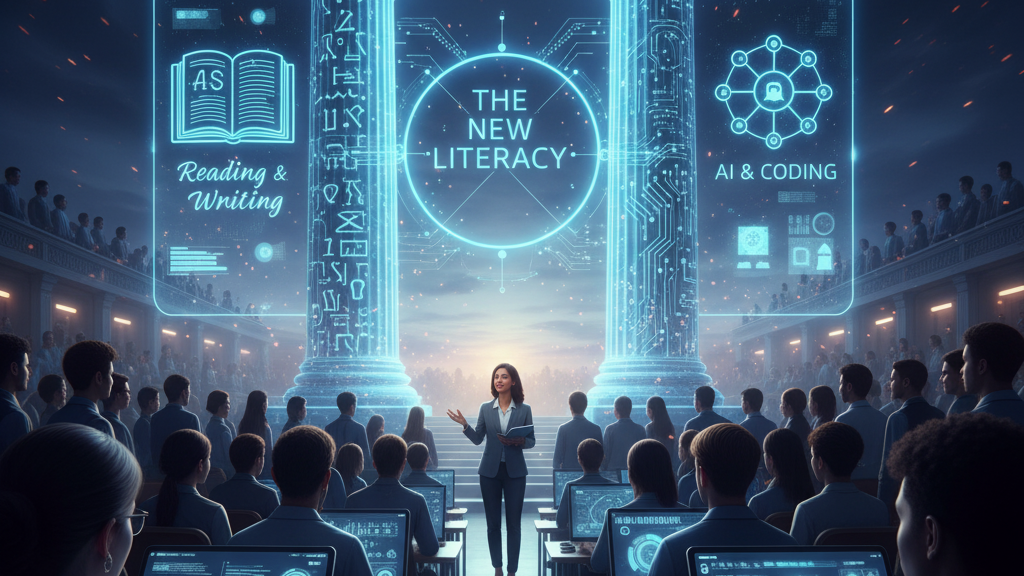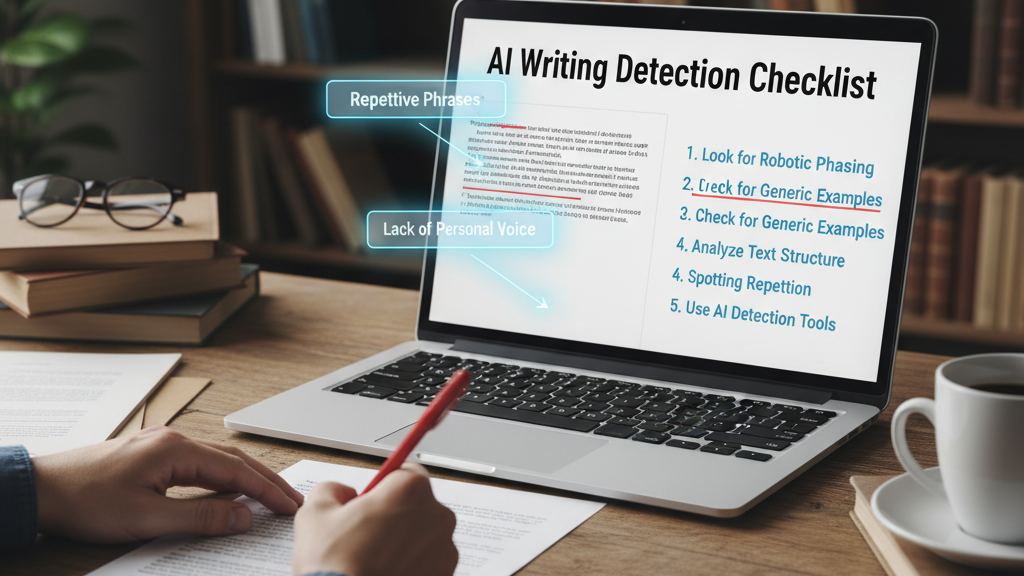
Source
Education Week (Opinion)
Summary
In this opinion blog, several K-12 English teachers describe practical strategies they use to integrate AI as a learning tool rather than letting it replace student thinking. They treat AI as a brainstorming assistant, prompt critic, or discussion partner rather than writer. Techniques include prompting AI to argue counterpoints, using it to surface alternative interpretations in literature, and setting roles (AI user, evaluator, synthesiser) in group tasks. Districts are also forming AI steering committees, piloting tools, and developing consistent guidelines to guide equitable, transparent adoption.
Key Points
- AI is used as brainstorming / idea generation support, but students still revise and contextualise its output.
- Teachers use AI in debate, persuasive writing, literary analysis, historical inquiry, science discussions, and Socratic questioning to deepen engagement.
- Role assignments (AI user, evaluator, gatherer) help distribute responsibilities and prevent overreliance.
- Districts should establish AI steering committees, pilot thoughtfully, and build shared understanding and policies.
- AI should be scaffolded, not standalone; teachers emphasise transparency, critical review, and prompting skills.
Keywords
URL
Summary generated by ChatGPT 5





